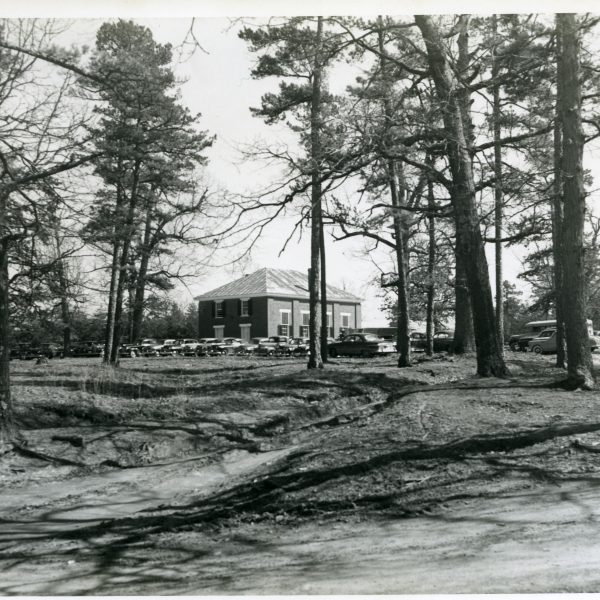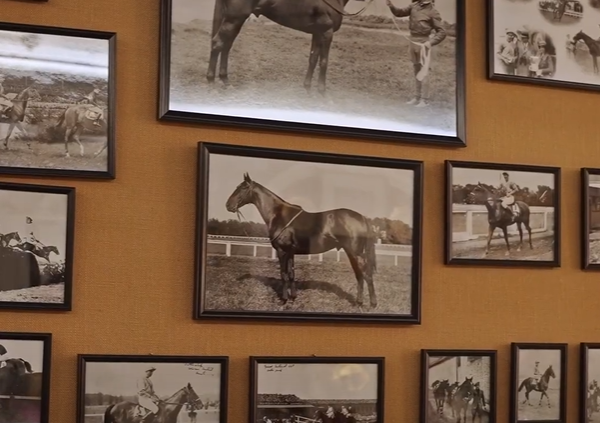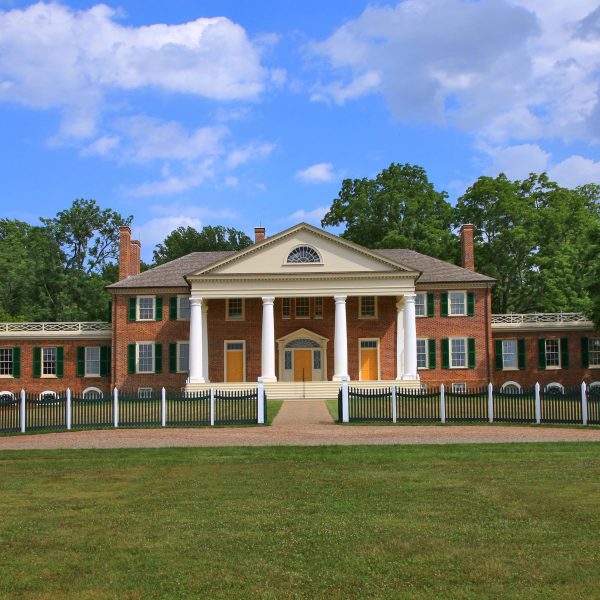A glimpse into African American History and Culture in Orange County
Let us honor our local treasures in the community that paved the way through many obstacles and hardships. We are grateful for your perseverance.
“Never be limited by other people’s limited imaginations.”
—Dr. Mae Jemison, first African-American female astronaut
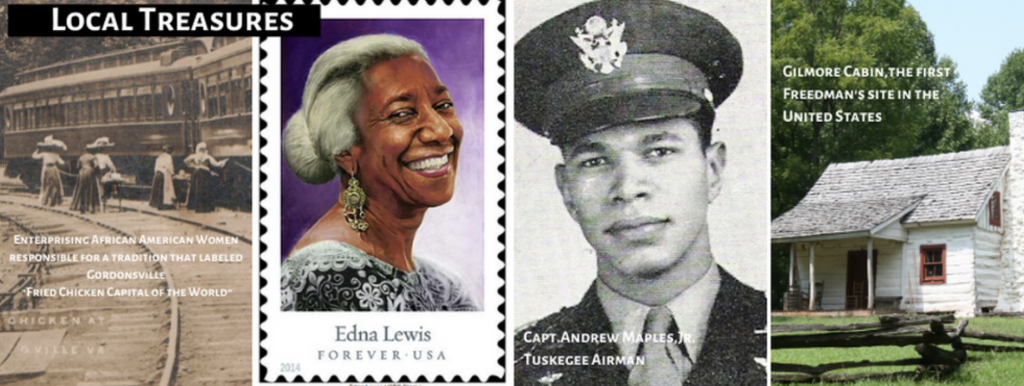
- Enslaved African Americans are noted to have probably first come to Orange County in the 1730’s and were employed mostly in the iron mines established by Lt. Governor Alexander Spotswood around the Fort Germanna historical site located in Locust Grove.
- Pension records show that “Forgotten Patriots” from Orange County served in the military during the American Revolution and helped build a road through the county for the Marquis de Lafayette as he traveled south towards Yorktown in 1781.
- Paul Jennings was James Madison’s lifelong enslaved Black (African) American. He is credited with rescuing the Gilbert Stuart portrait of George Washington that was hanging in the White House as the British burned the nation’s fledgling capitol during the War of 1812.
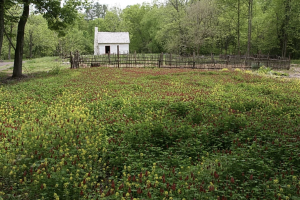
Juneteenth
Annual cultural festival to celebrate the African American community.
Juneteenth is the oldest nationally-celebrated commemoration of the ending of slavery in the United States.
Marking the date that the last enslaved people learned of their freedom, the month of June and the nineteenth day were combined to form the term “Juneteenth.” From its Galveston, Texas, origin in 1865, observance of Juneteenth as African American Emancipation Day has spread across the United States, and is an official holiday recognized in 45 States and the District of Columbia.” James Madison’s Montpelier Annual Juneteenth Celebration honors and celebrates African American history, food, music, faith, family, and freedom, in June (2021 date of celebration to be determined)
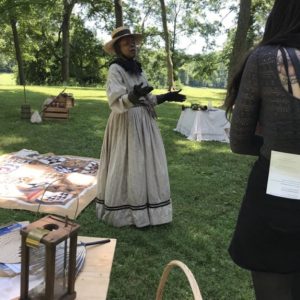
A Freedman’s Bureau was located in the Exchange Hotel in Gordonsville, VA from 1865 to 1868. From July 4, 1865, to April 14, 1867, the Virginia Bureau was divided into 10 districts, with an agent or superintendent in charge of each. Districts were further divided into subdistricts, each headed by an assistant superintendent. Subdistrict headquarters were established at Alexandria, Fort Monroe, Fredericksburg, Gordonsville, Lynchburg, Norfolk, Petersburg, Richmond, Winchester, and Wytheville.
The Bureau issued rations and provided medical relief to both freedmen and white refugees, supervised labor contracts between planters and freedmen, administered justice, and worked with benevolent societies in the establishment of schools. The Bureau worked to make freedmen self-sufficient and to incorporate them into the new free-labor system in Virginia. Thousands of freedmen who crossed Union lines during the Civil War continued to seek support from the Freedmen’s Bureau at war’s end.[resource: National Archives: African American Records: Freedmen’s Bureau]
In 1867 there were 250 students registered to learn to read and write in the Exchange Hotel and court sessions were held for cases no higher than $100 or 30 days in jail and were adjudicated on the first floor. An exhibit is on display on the third floor of the Museum.
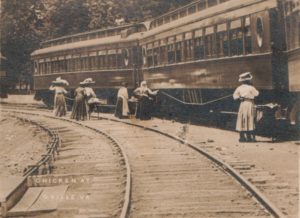
Enterprising African American women in the 1840’s earned Gordonsville the title of Fried Chicken Capital of the Universe when they greeted arriving trains with baskets of fried chicken and homemade pies balanced on their heads. On June 15, 2002, a plaque honoring Gordonsville’s Legendary Chicken Vendors “Fried Chicken Capital of the World” was dedicated and recognized as an African American Memorial Site at the The Exchange Hotel and Civil War Medical Museum.
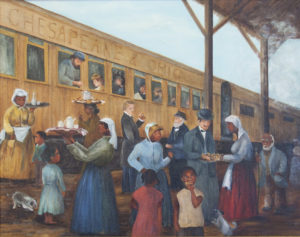
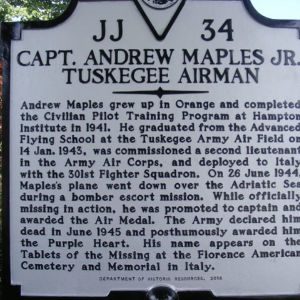
Orange is the hometown of Capt. Andrew Maples Jr., a Tuskegee Airman in the 301st Fighter Squadron. The son of a World War I veteran, Maples was lost over Europe during a bomber escort mission in World War II. A historical marker stands near his families home sight (which is no longer there) in downtown Orange. The marker is located near the south entrance to Taylor Park near West Church Street. Photo credits to: Pete Payette, June 24, 2017 and US Army official photo.
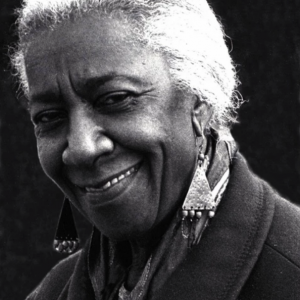
Edna Lewis, the Grande Dame of Southern Cooking, the person most responsible for putting the “slow food” movement on the culinary map was born and raised in Freetown, a freedman’s community in Orange County that was established by her emancipated grandfather, Chester Lewis.
In the middle of the 20th century, it was the best of times for citizens of downtown Orange when bustling businesses lined Railroad Avenue between East Main and Church Streets. Neighborhood children played on skates, Sunday league baseball players got a trim and a shave in the local barbershop, women shopped for fabric at the five-and-dime store, young couples danced on hot summer nights, and pool halls filled with joy at the workweek’s end. This is the life recognized by many African-Americans whose families still live, work, worship and play in this area of historic downtown Orange.
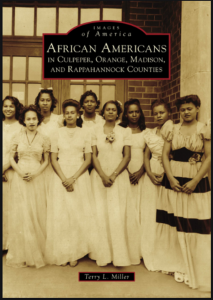
Make sure to visit the James Madison Museum of Orange County History to visit their permanent African American History exhibit.
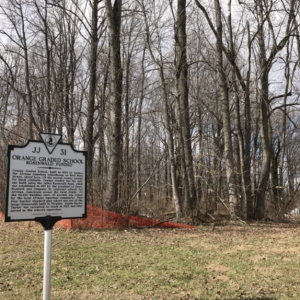
“Orange Graded School, built in 1925 to replace the African American schoolhouse on West Main Street, stood adjacent to present day Prospect Heights School. Of the several county schools for black students, Orange Graded was the only one built using the Julius Rosenwald Fund, which was established in 1917 by the president of Sears, Roebuck and Company to construct schools for African Americans across the rural South. Of the $6,200 building cost, 40 percent was raised by the local African American community. This four-teacher standard plan school was one of the larger Rosenwalds built in Virginia. Gussie Baylor Taylor was recruited to teach in 1925 and later served as the school’s supervisor.” (language taken from DHR website and marker) A portion of the foundation is still visible at the site of the Orange Graded School.
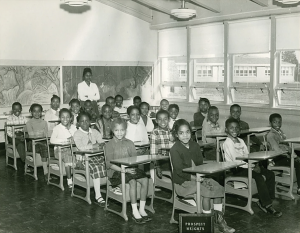
Prospect Heights School
Contributions of content written by historian, Phil Audibert, Orange County Tourism and excerpts pulled from James Madison’s Montpelier Foundation, the Department of Historical Markers and the Carver 4-County Museum.
Similar Posts
-

North Pamunkey Baptist Church – a little brick church with a big history!
May 6th, 2025
-

The Story of Battleship – An American Racehorse
April 11th, 2025
-

Third Annual Corks and Caps Returns This Summer!
May 20th, 2024
-

National Religious Freedom Celebration at James Madison’s Montpelier
January 12th, 2024

